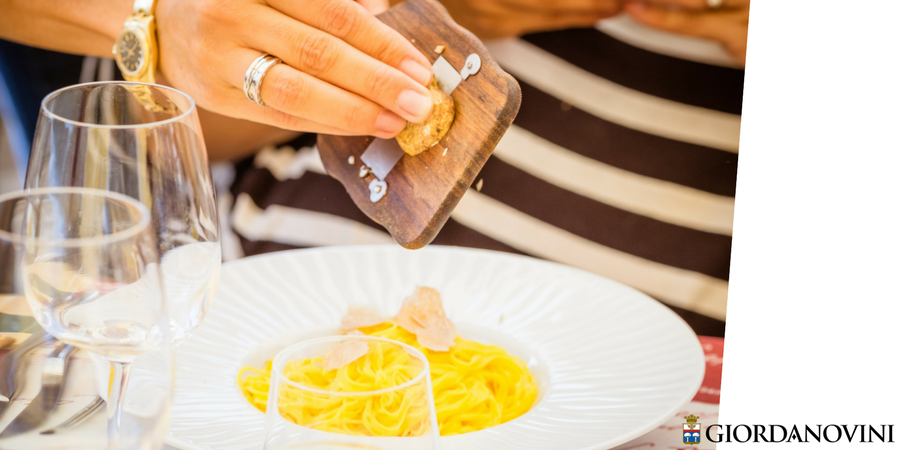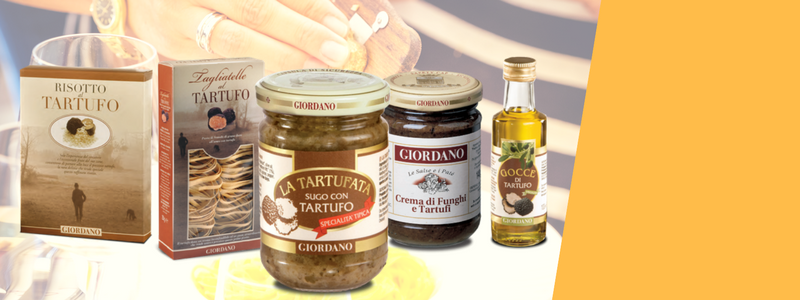In autumn, our kitchens brim with gorgeous seasonal products: tasty mushrooms, fluffy chestnuts… and sophisticated truffles! Although truffle hunting happens year round, there are many varieties of this famous fruit of the earth, and the harvesting of precious white truffles reaches its peak in autumn. Here are 12 things you may not (yet) know about this culinary pearl!
12 fun facts about truffles
1 – Truffles are not what you think they are
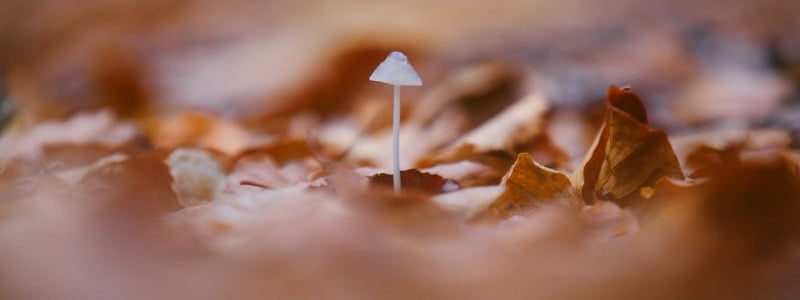
Although the scientific name of the main strain (Tuber Micheli) seems to suggest that they are tubers, like potatoes, truffles are something completely different. They are mushrooms, just like chanterelles, porcini or Portobello mushrooms. The only difference is that truffles grow underground.
2 – Who were the first truffle hunters?

This is quite unclear. The first written accounts we have are by Pliny the Elder, a Roman naturalist who lived in the 1st century AD. His writings suggest that truffles have been known for a long time — apparently pharaoh Cheops had precious truffle-based dishes prepared for foreign ambassadors.
3 – It is a friend of trees
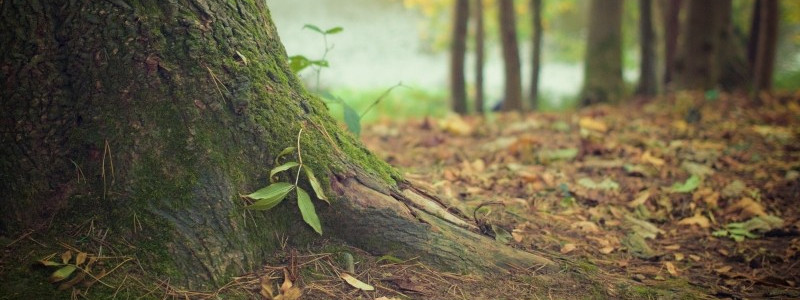
Truffles grow and thrive near the roots of certain tree species, primarily hazel, hornbeam, linden and poplar. Oak roots are also known to create an ideal environment for truffles. Favourable temperatures and weather conditions are essential for the precious Tuber Micheli.
4 – It’s all about the ecosystem
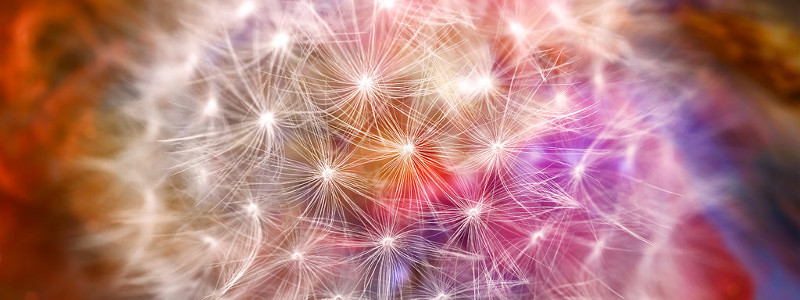
In order to spread and reproduce, truffles need… to be eaten! The spores that give rise to new tubers are released only when truffles are dug up and eaten by an animal (usually a wild boar, rodents).
5 – The best truffle hunters in the world are… not dogs
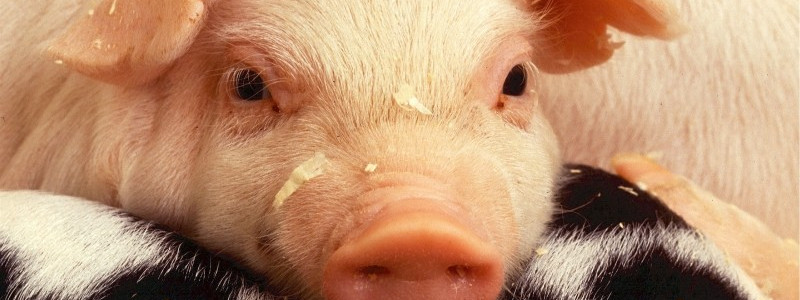
That’s right. Although most people imagine that dogs are a truffle hunter’s best friend, pigs are much better at detecting truffles. The only issue is that pigs are less delicate than dogs, and could damage the truffles with their snout and feet.
6 – The best way to store truffles
![]()
The best way to make your prized truffle last longer and preserve its wonderful taste is to put it in a jar of rice. Rice naturally stabilises humidity and prevents it from building up. Moreover, you will get some great truffle-infused rice to use in the most unforgettable risottos!
7 – Cooking tips? Each to their own
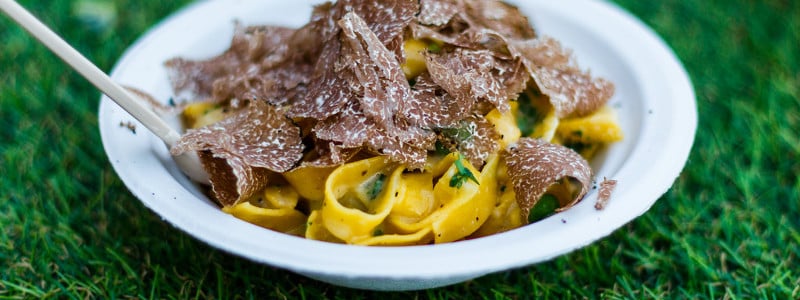
There are many helpful tips on how to best enjoy truffles. A first useful distinction that will help you get the most out of the two main types is simply this: eat your white truffle fresh, while black truffle is best cooked.
8 – The main Italian region for white truffle is…
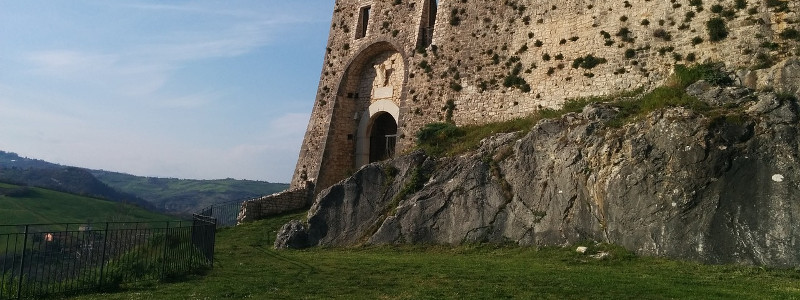
The greatest quantity of white truffle (Tuberum Magnatum Pico) is harvested in Molise. A small region but rich in truffles, considering that 40% of Italian white truffles come from its woods.
9 – Wines and truffle
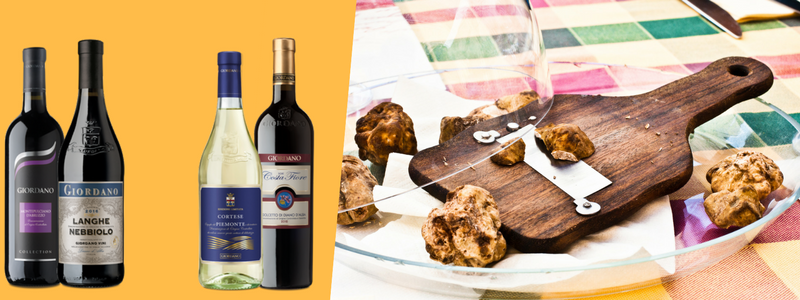
A few things you need to know to combine your truffle-based dishes with wine! Steer clear of overly aromatic wines, because they will clash with the strong taste of truffle and compromise the tasting experience. If you choose an aged wine, avoid those with aromas of vanilla or tobacco. Whether you go for a white or a red, choose one with low acidity. Top tip? Choose for black truffle a Montepulciano d’Abruzzo, or a Langhe Nebbiolo. White truffle goes well with a Cortese DOC or a Dolcetto Costafiore.
10 – Why do truffles smell like gas?
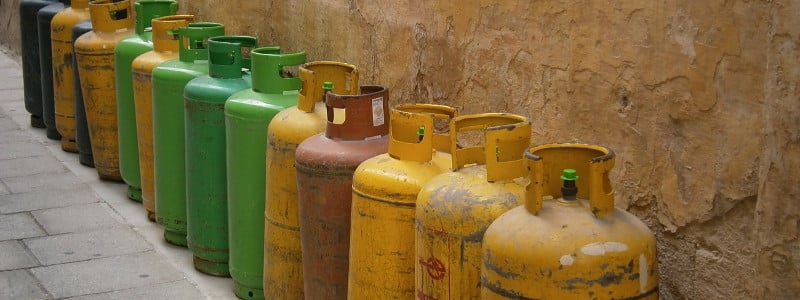
You should actually be asking the opposite: gas is odourless, and the smell we associate with it comes from a substance that is added to gas bottles to help us understand when they are about to end. This substance, called tetrahydrothiophene, has a smell that resembles the aroma of white truffle. As for the tuber’s characteristic scent, it actually comes from substances produced by the bacteria that “inhabit” it — primarily bismetiltiomethane and dimethyl sulfide.
11 – Which one is the most expensive truffle ever?

The most expensive truffle ever was sold at Castello di Grinzane Cavour (Cuneo) in 2016, during the World Auction of White Truffel of Alba. Weighing a remarkable 900g, it had an imposing shape and a less pungent smell compared to many other specimens on sale, this white truffle was sold at a record €100,000, the highest auction price ever. The lucky buyers were a group of amateurs from Hong Kong.
12 - Truffle flavoured products? Yes, please!
If you are looking for a nice way to discover the taste of truffle, why don't you try out our selection of truffle-flavoured products? We have truffle risotto or tagliatelle pasta, truffle pasta sauce with mushroom. Whichever spin you want to give your special dinner, you’ll find just what you need in our pantry. Discover one of autumn’s greatest treasures, and treat yourself to a real gourmet experience!
Photo credit: jaumescar , freestock.ca ? dare to share beauty e Ray in Manila via VisualHunt.com / CC BY
 Free Delivery from 69£
Free Delivery from 69£
